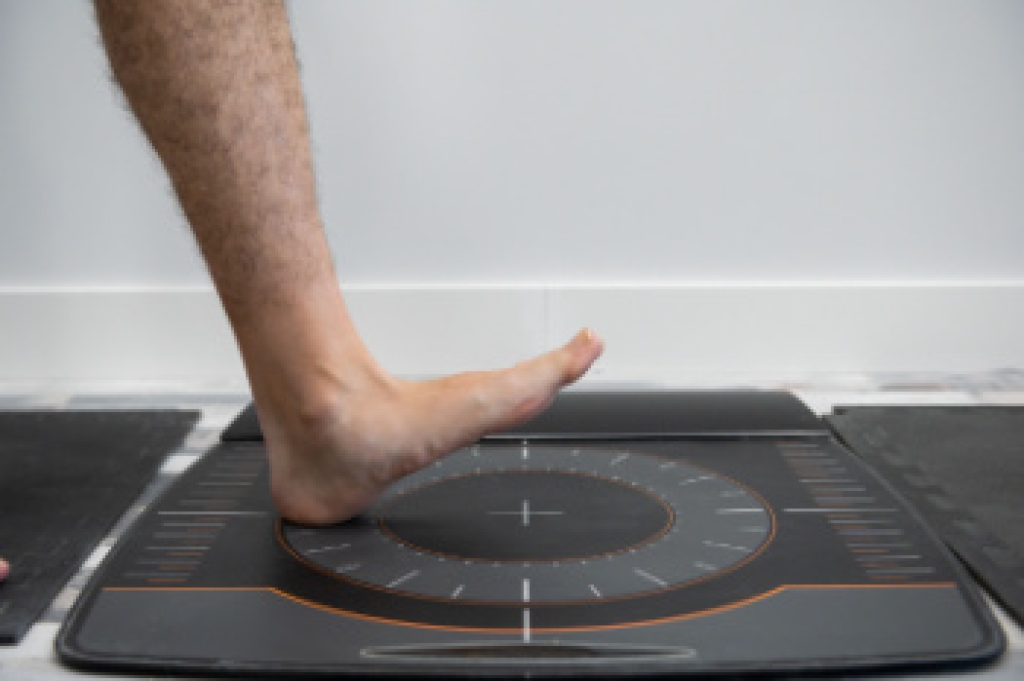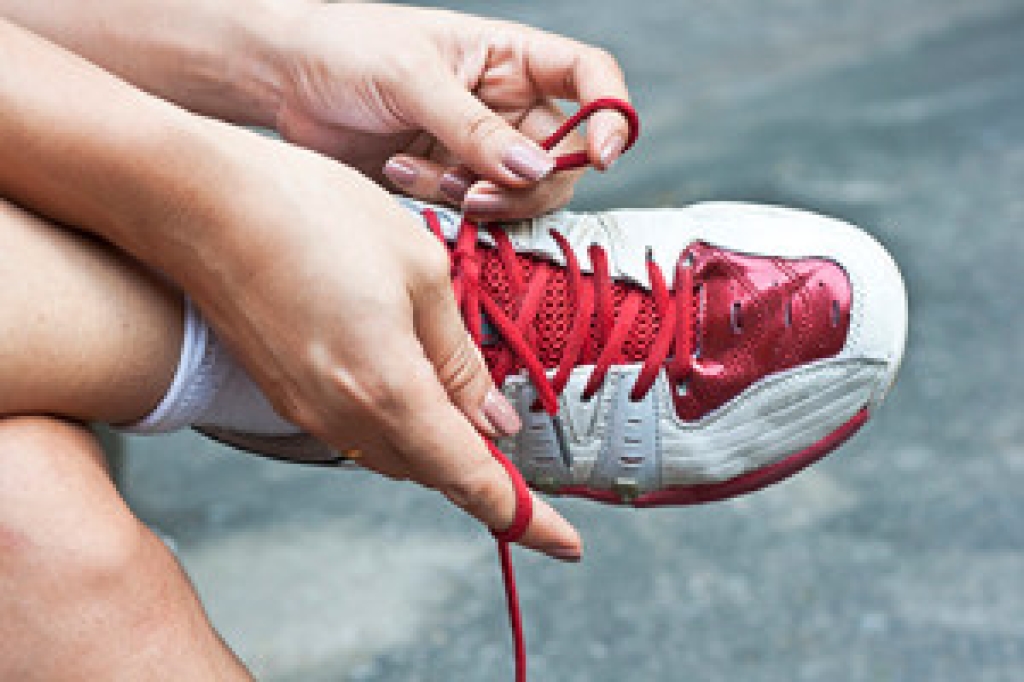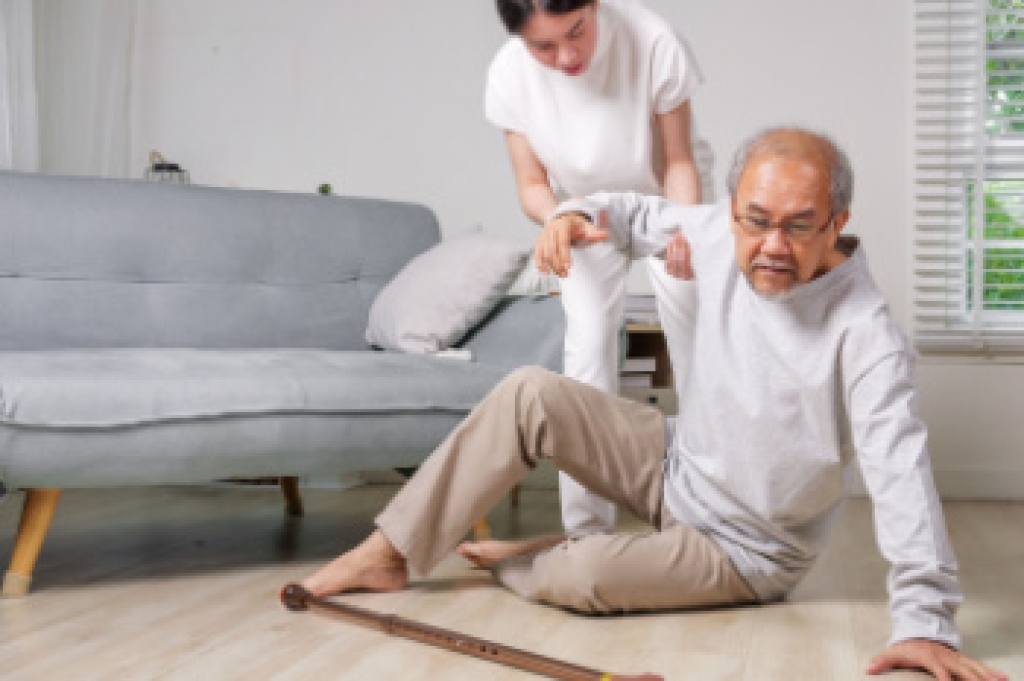
The foot and ankle contain a complex network of bones, joints, muscles, and ligaments that work together to support movement and balance. Each step begins with the heel striking the ground, followed by a smooth transition through the midfoot and a push-off from the toes. The ankle acts as a hinge, allowing the foot to move up and down, while the arch absorbs shock and adapts to different surfaces. Proper alignment and flexibility are key to efficient motion and injury prevention. When any part of this system is out of balance, pain or instability may develop, affecting the entire body’s mechanics. If you notice discomfort, changes in your gait, or recurring ankle or foot pain, it is suggested that you consult a podiatrist to ensure your biomechanics are functioning correctly and to maintain healthy, pain-free movement.
If you have any concerns about your feet, contact one of our podiatrists from Houston Foot and Ankle. Our doctors can provide the care you need to keep you pain-free and on your feet.
Biomechanics in Podiatry
Podiatric biomechanics is a particular sector of specialty podiatry with licensed practitioners who are trained to diagnose and treat conditions affecting the foot, ankle and lower leg. Biomechanics deals with the forces that act against the body, causing an interference with the biological structures. It focuses on the movement of the ankle, the foot and the forces that interact with them.
A History of Biomechanics
- Biomechanics dates back to the BC era in Egypt where evidence of professional foot care has been recorded.
- In 1974, biomechanics gained a higher profile from the studies of Merton Root, who claimed that by changing or controlling the forces between the ankle and the foot, corrections or conditions could be implemented to gain strength and coordination in the area.
Modern technological improvements are based on past theories and therapeutic processes that provide a better understanding of podiatric concepts for biomechanics. Computers can provide accurate information about the forces and patterns of the feet and lower legs.
Understanding biomechanics of the feet can help improve and eliminate pain, stopping further stress to the foot.
If you have any questions please feel free to contact our offices located in Kingwood, Humble, The Woodlands, and Conroe, TX . We offer the newest diagnostic and treatment technologies for all your foot and ankle needs.




